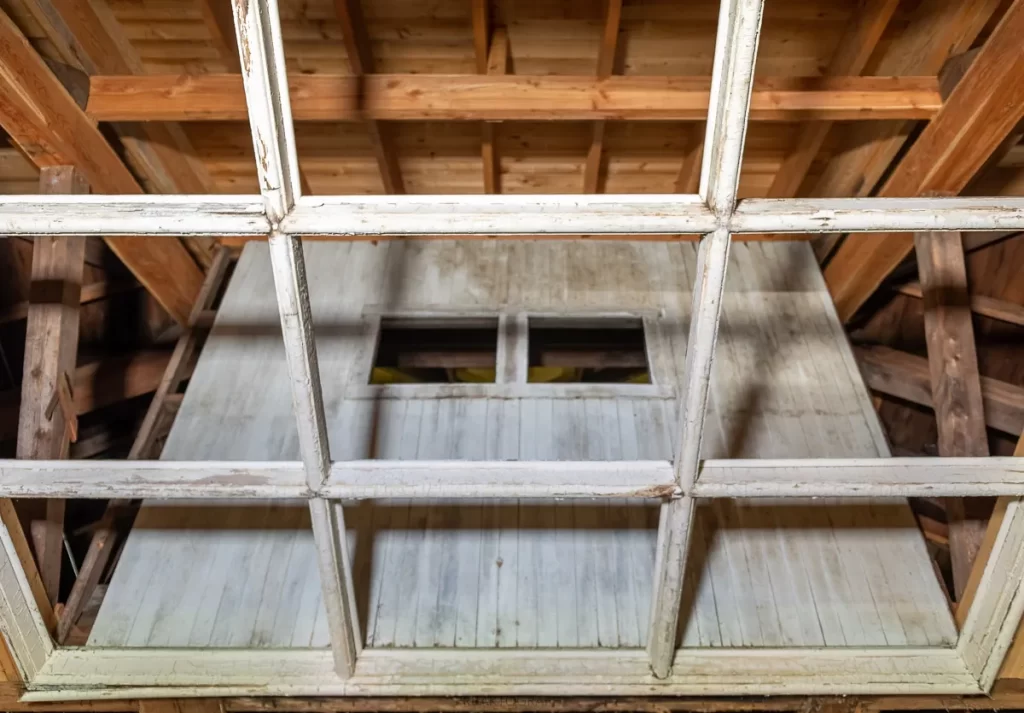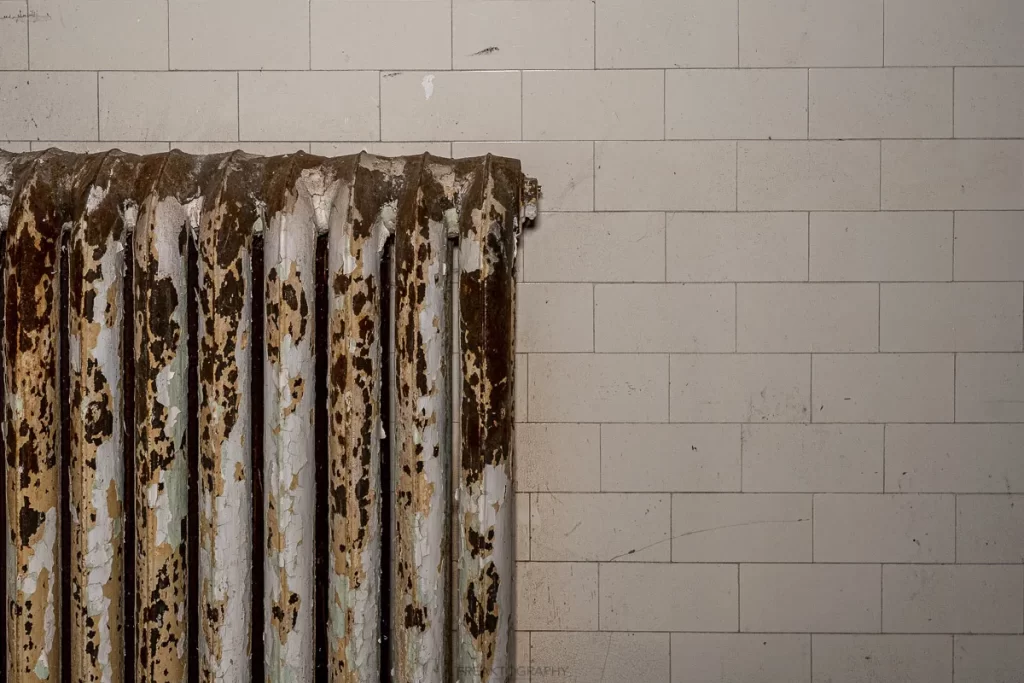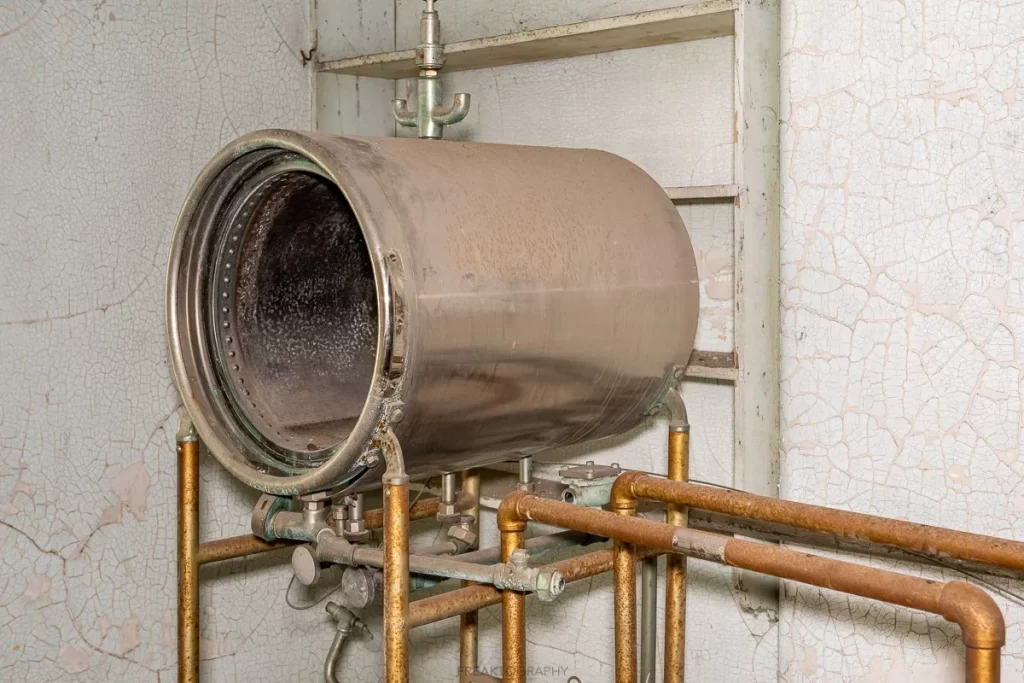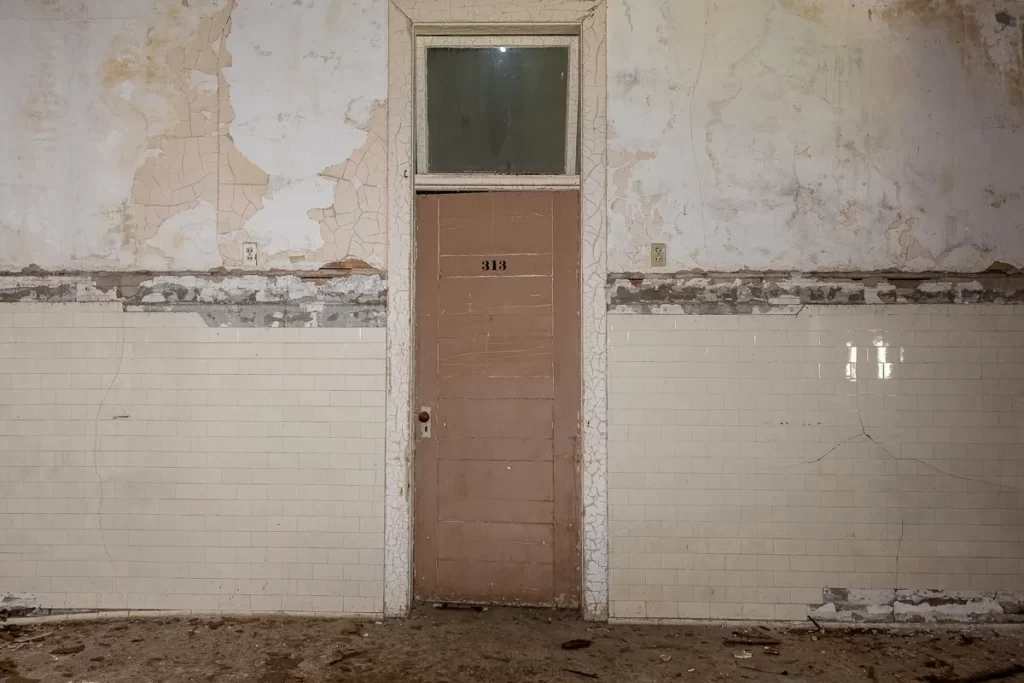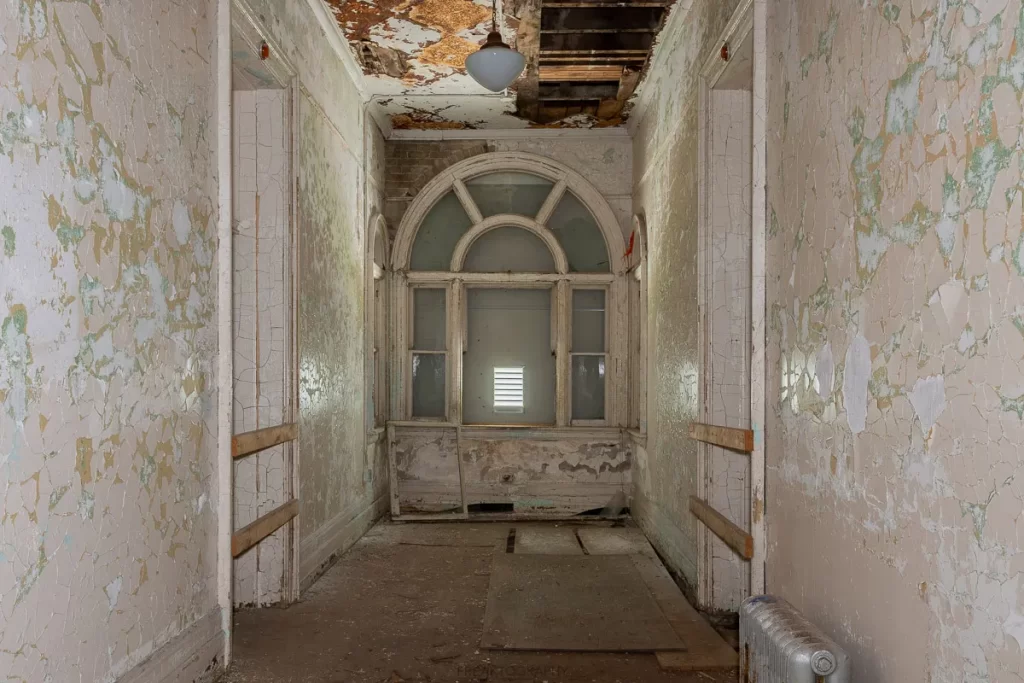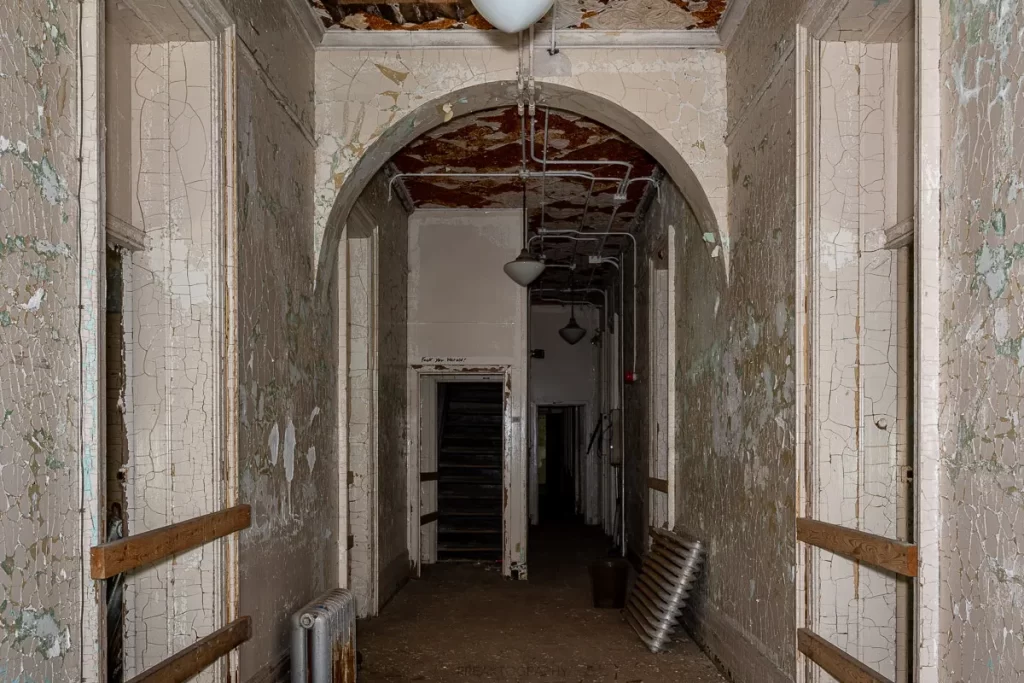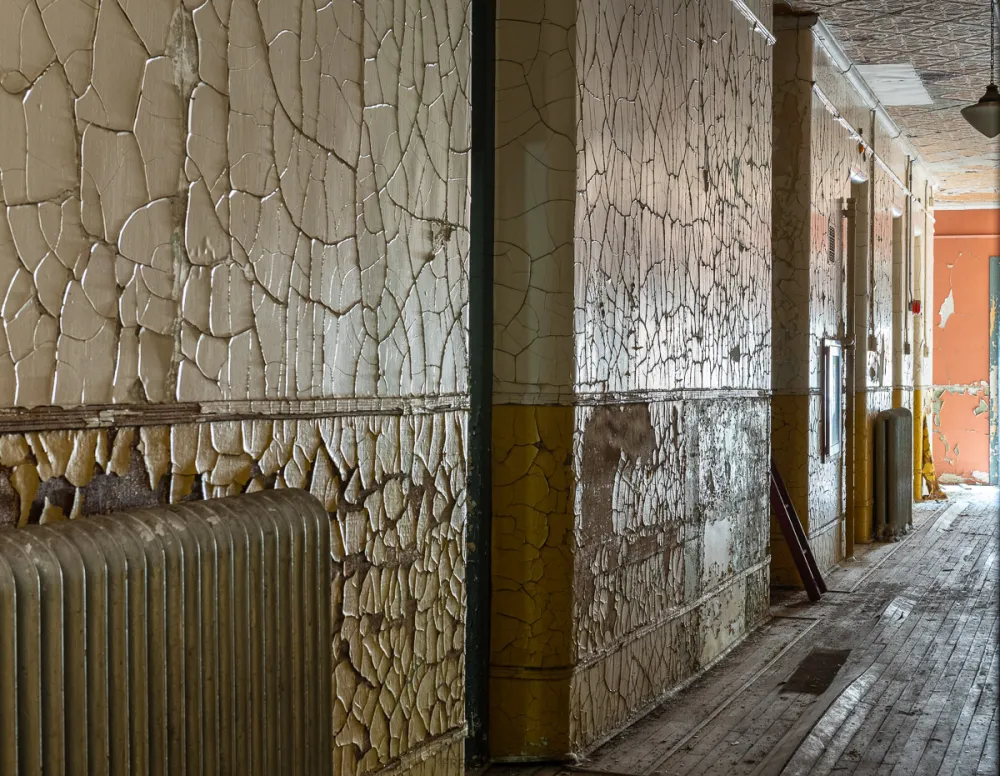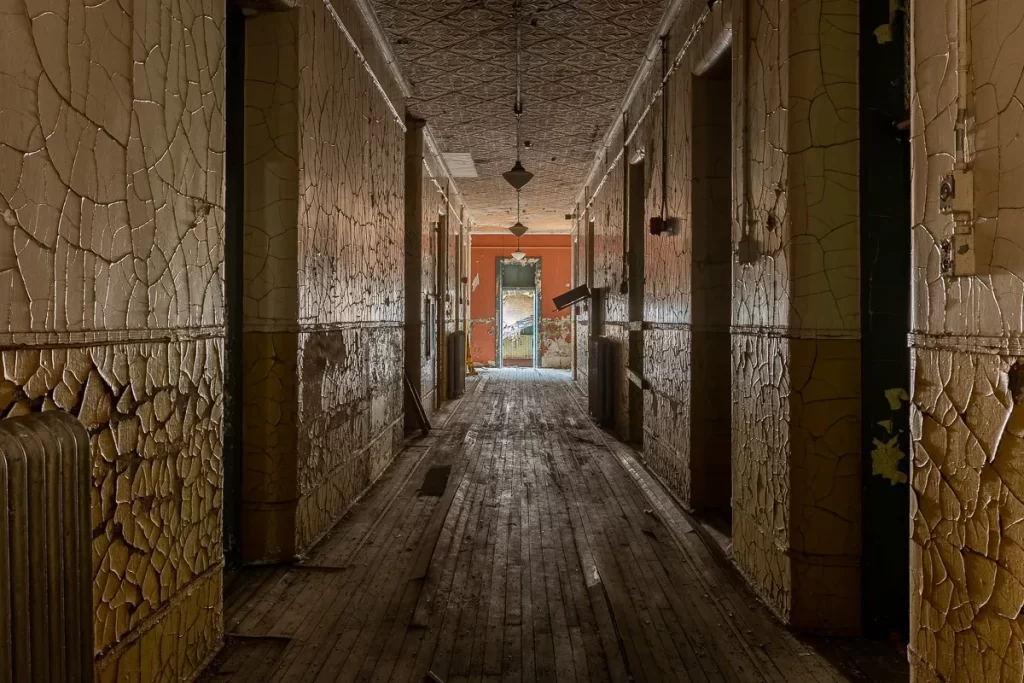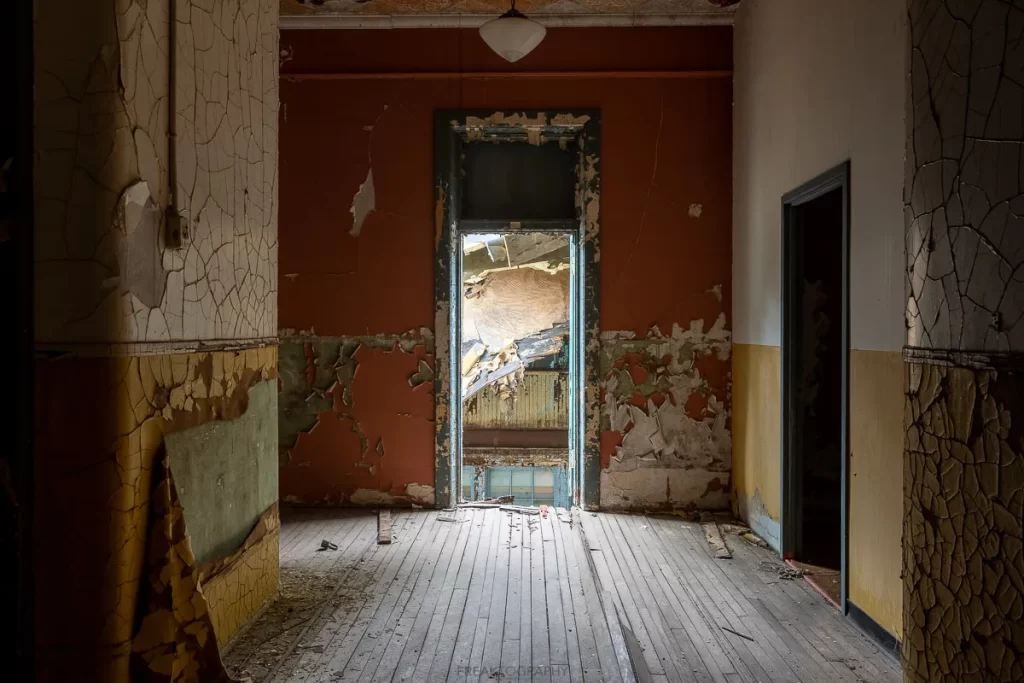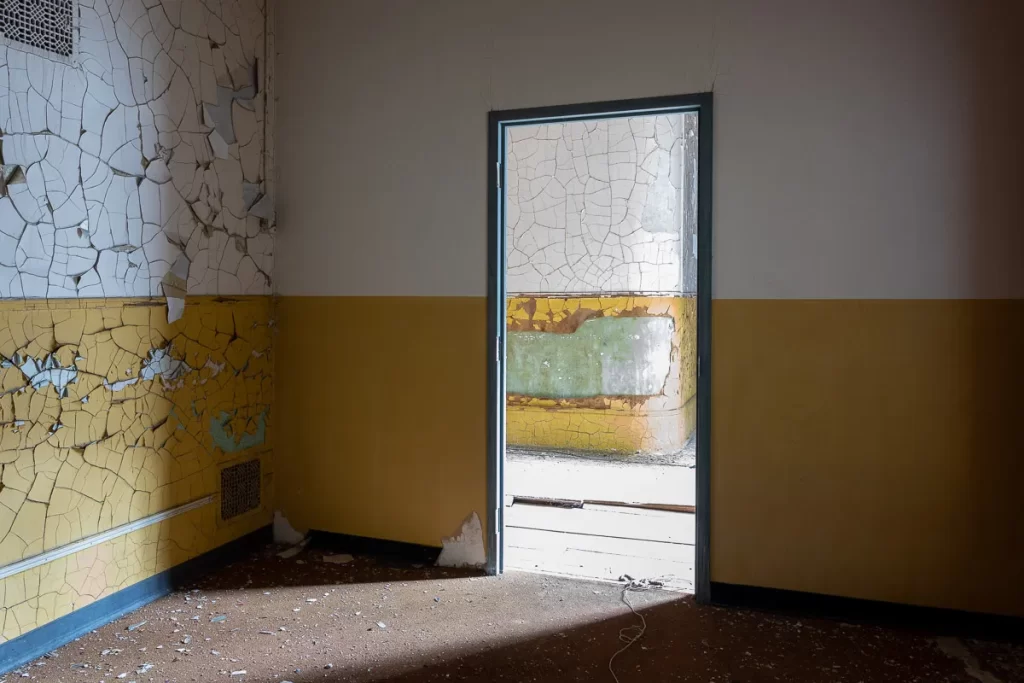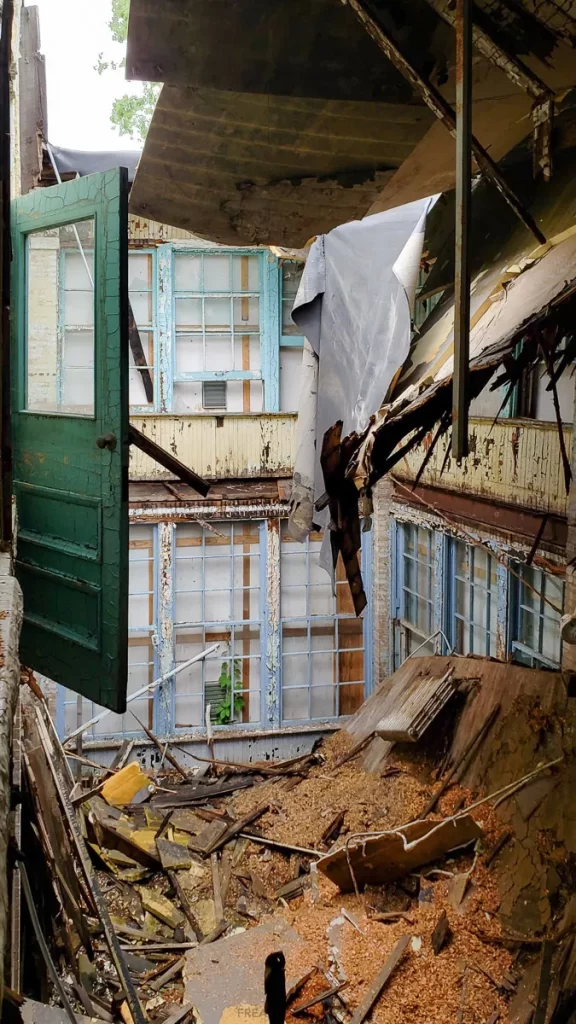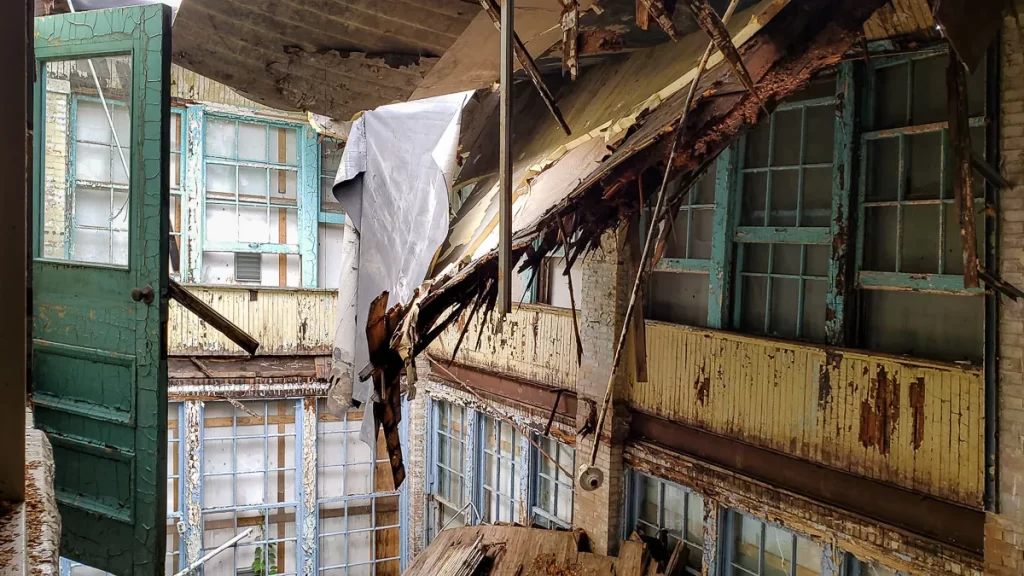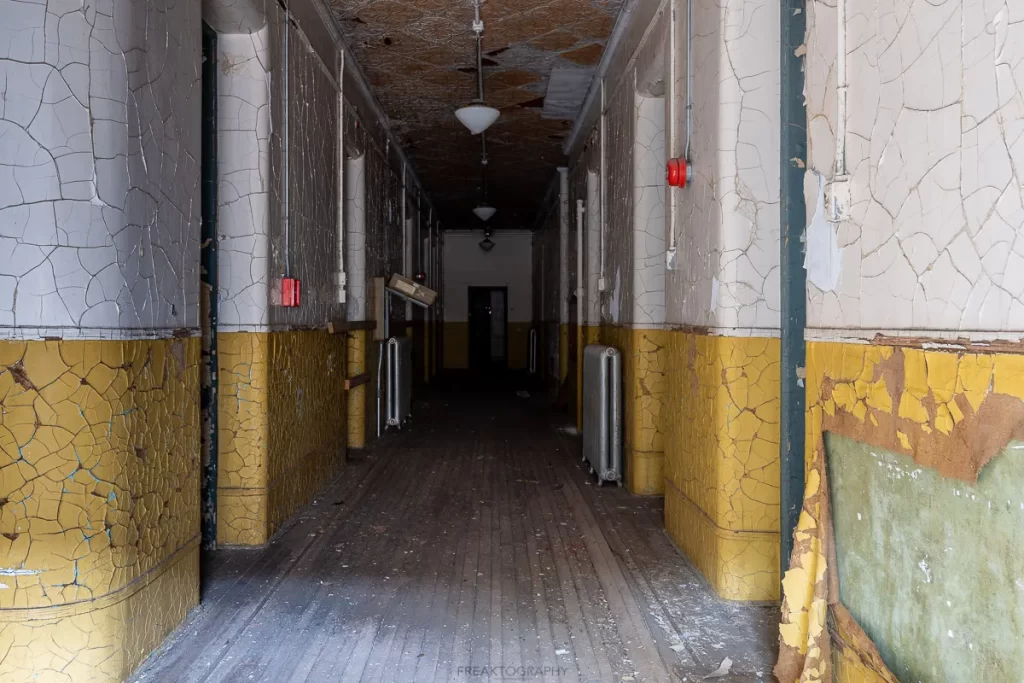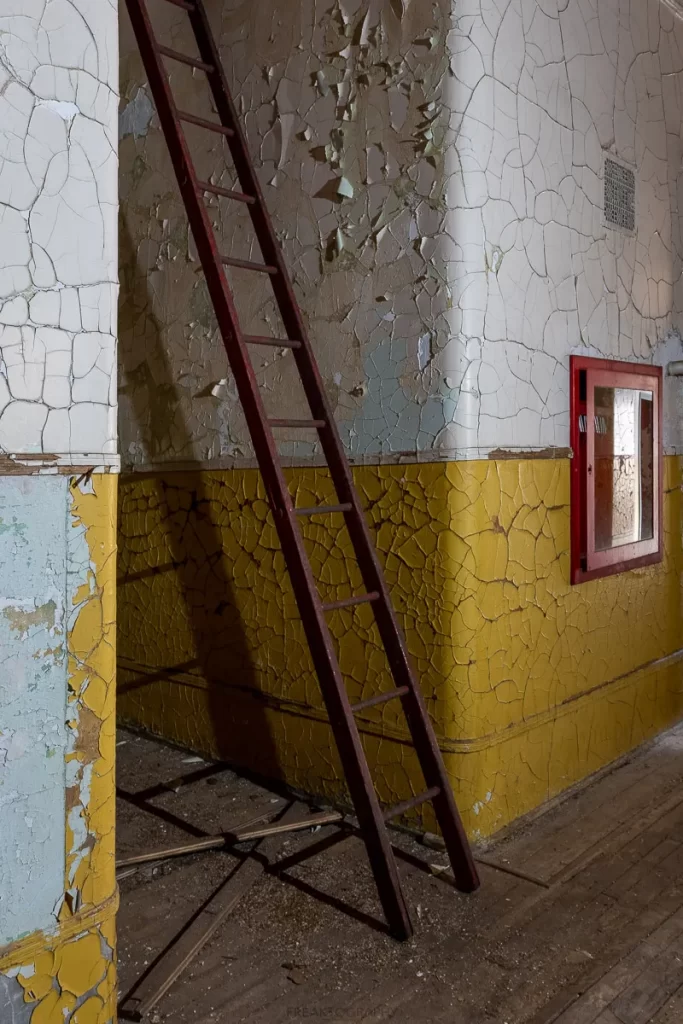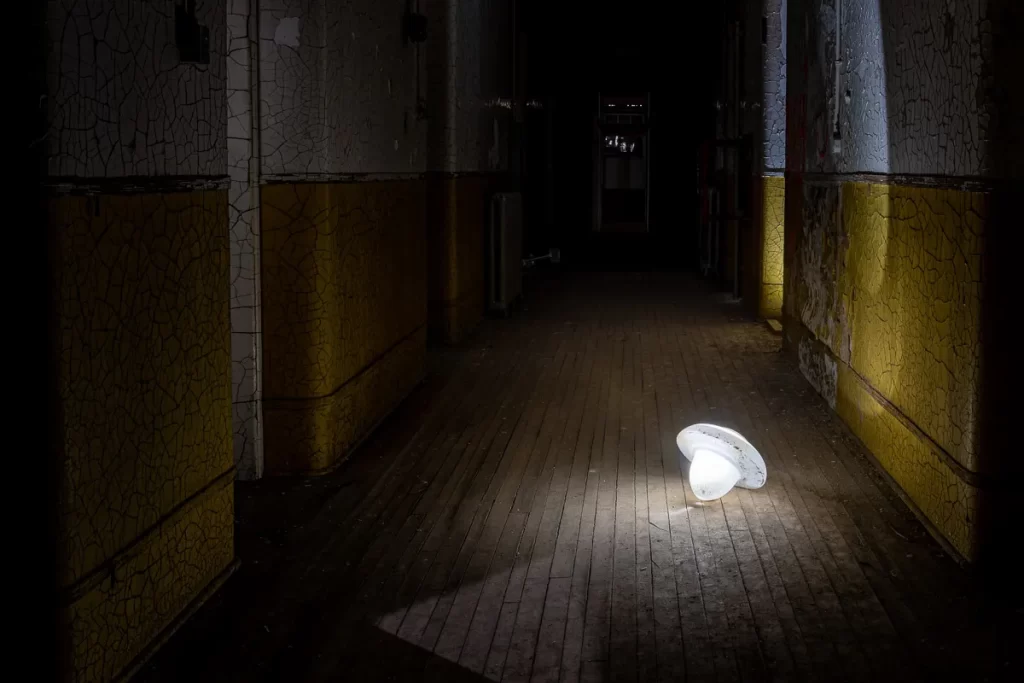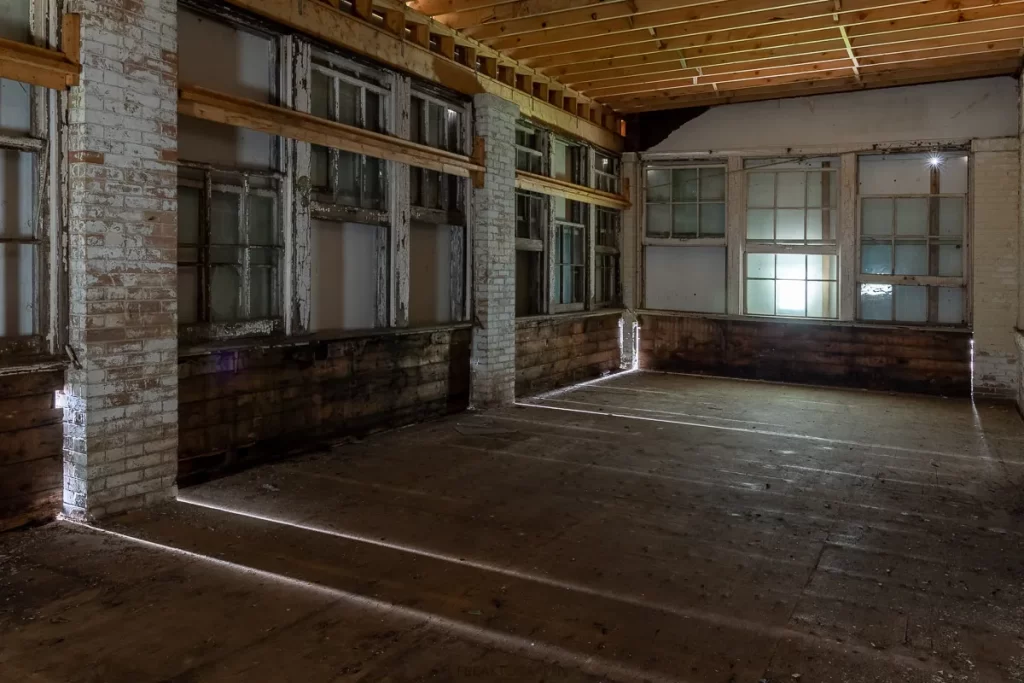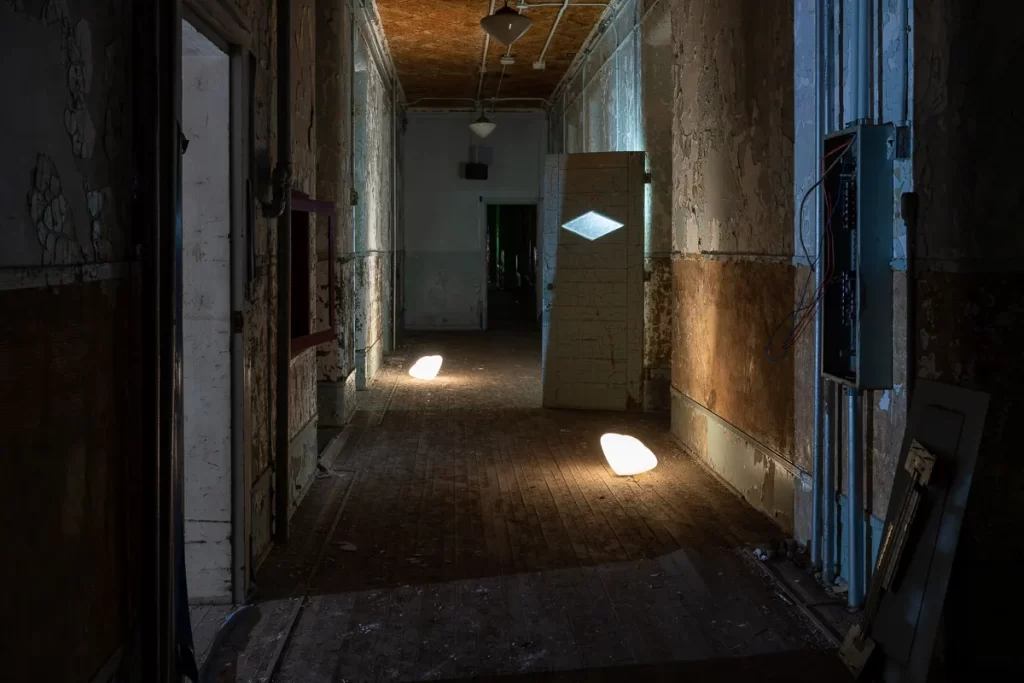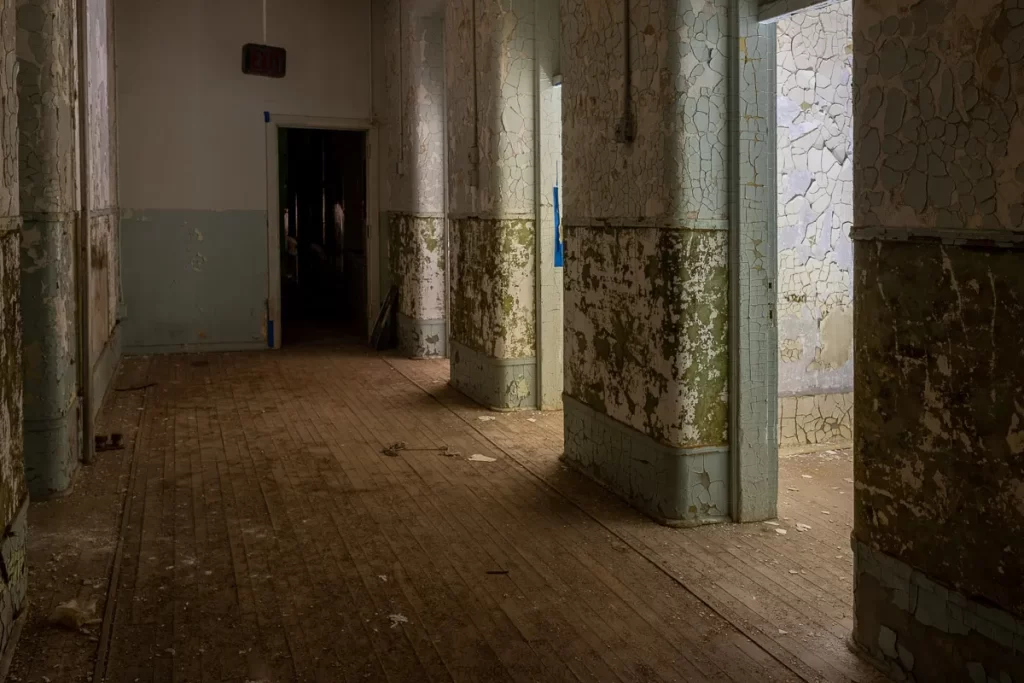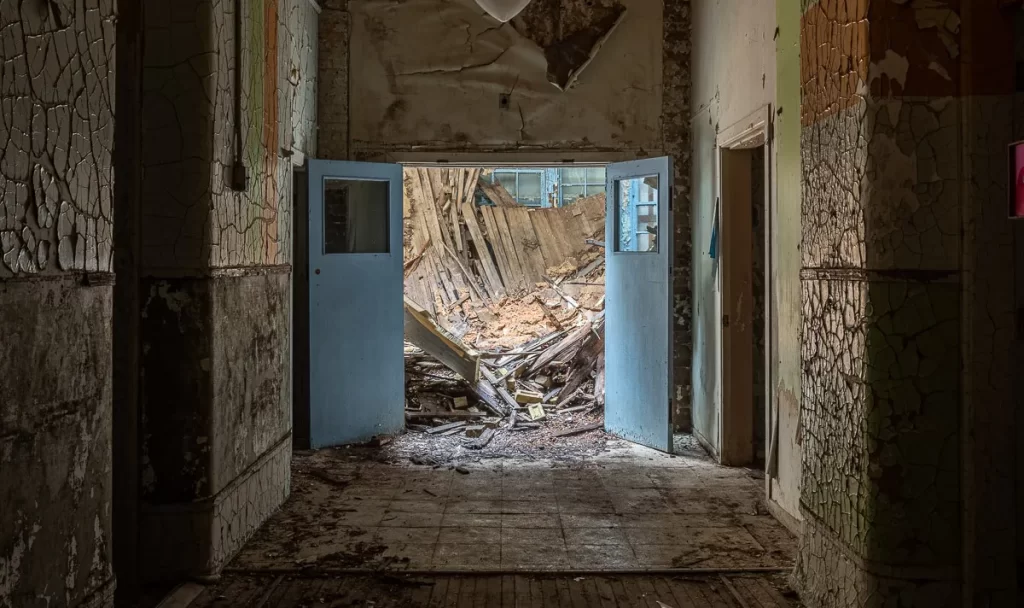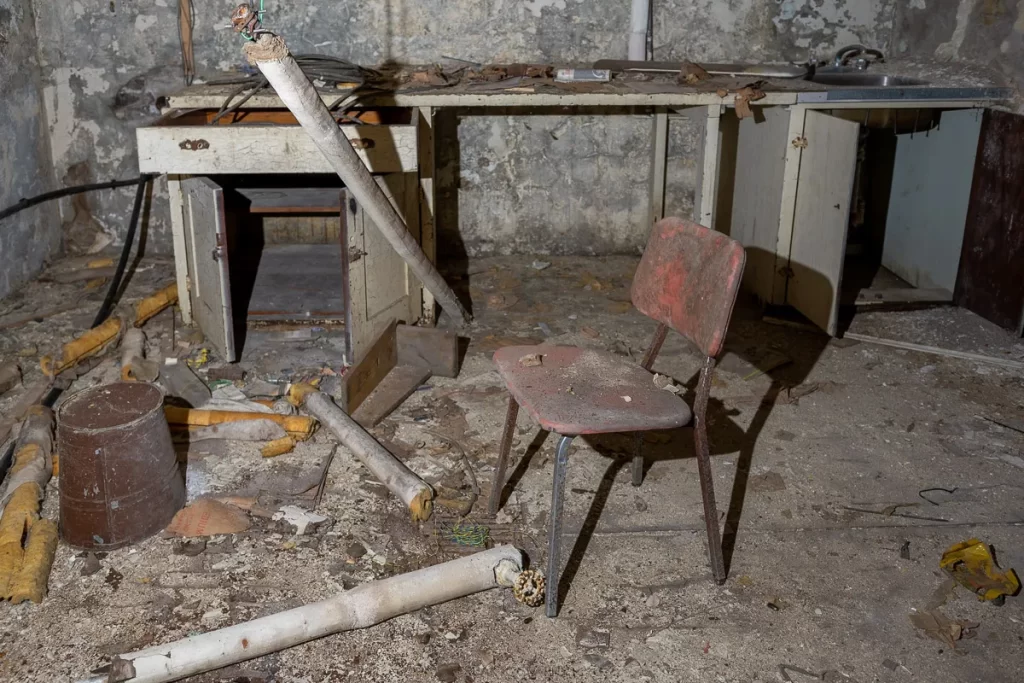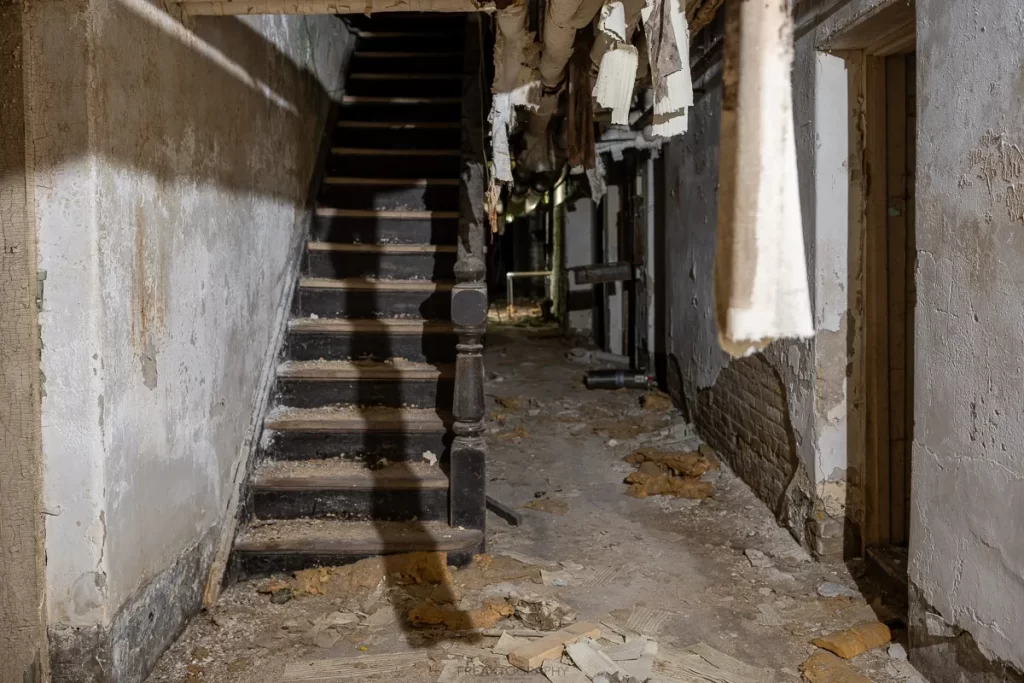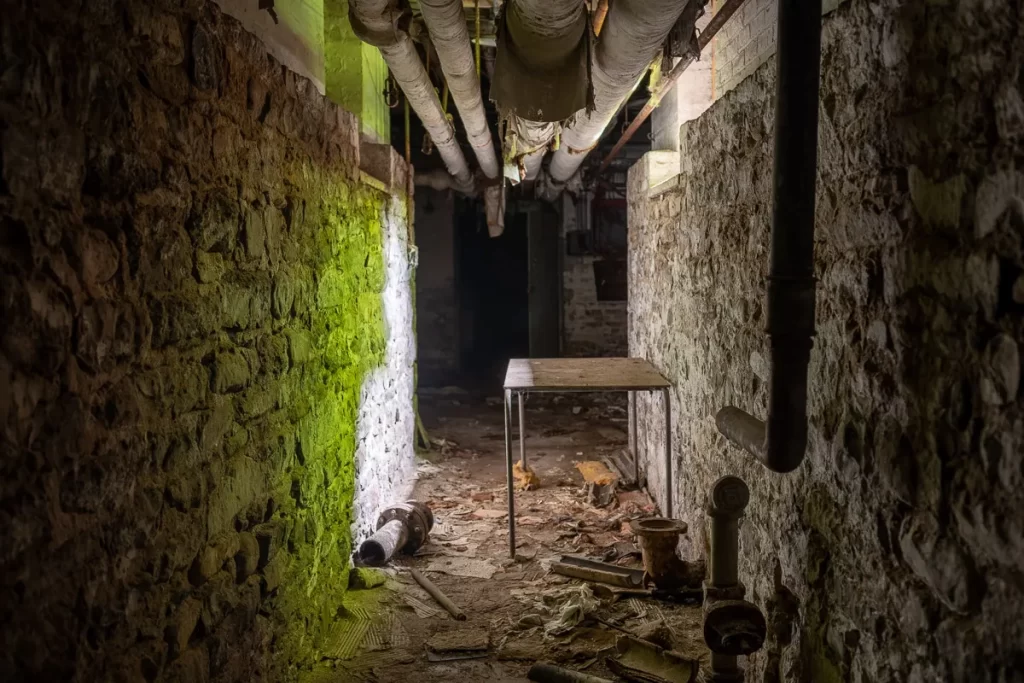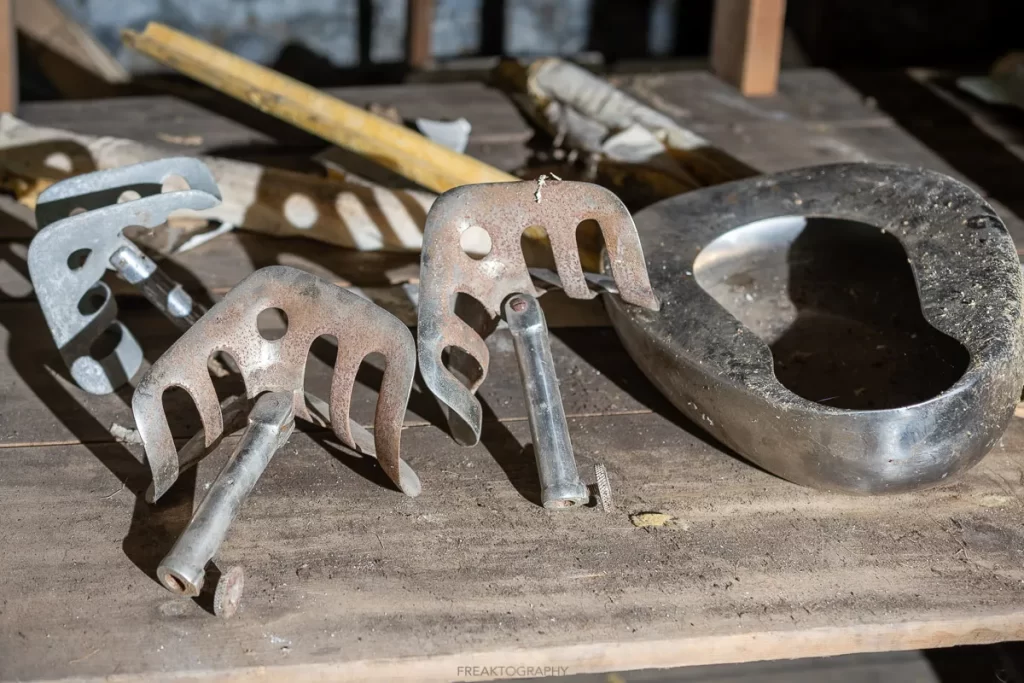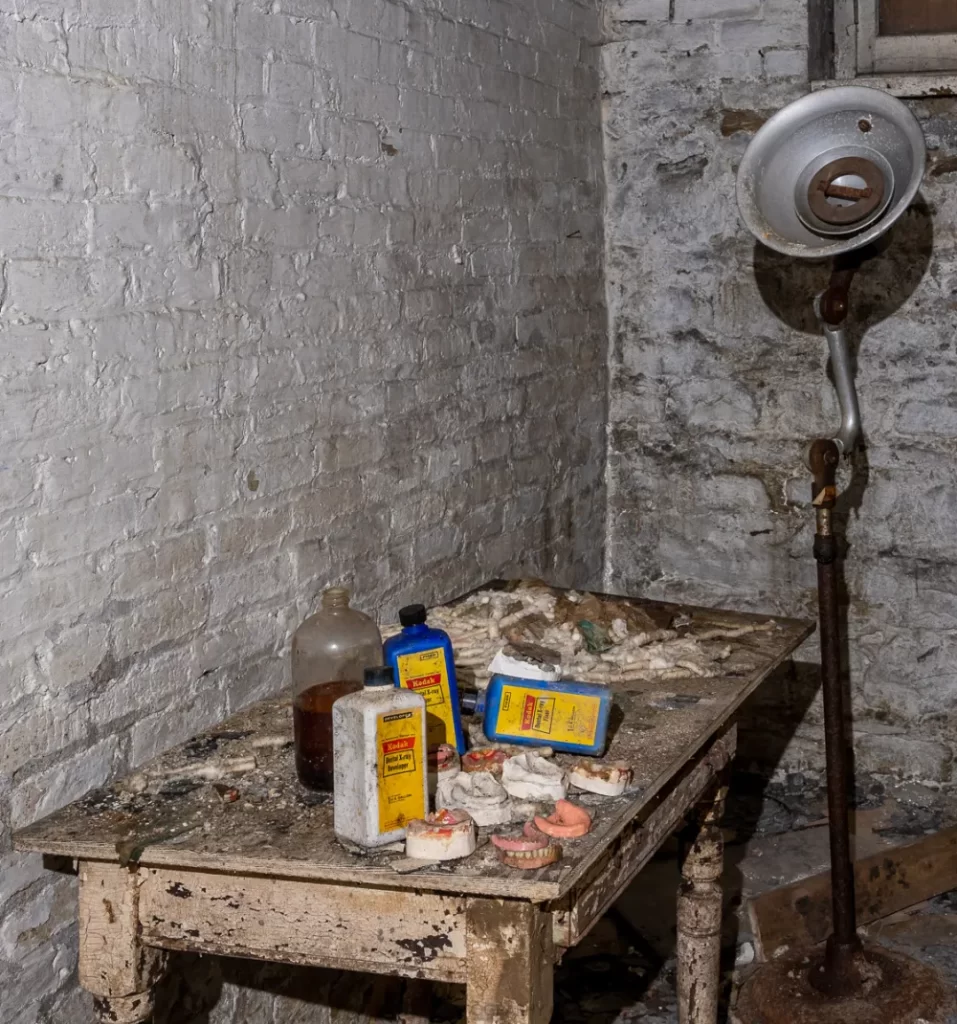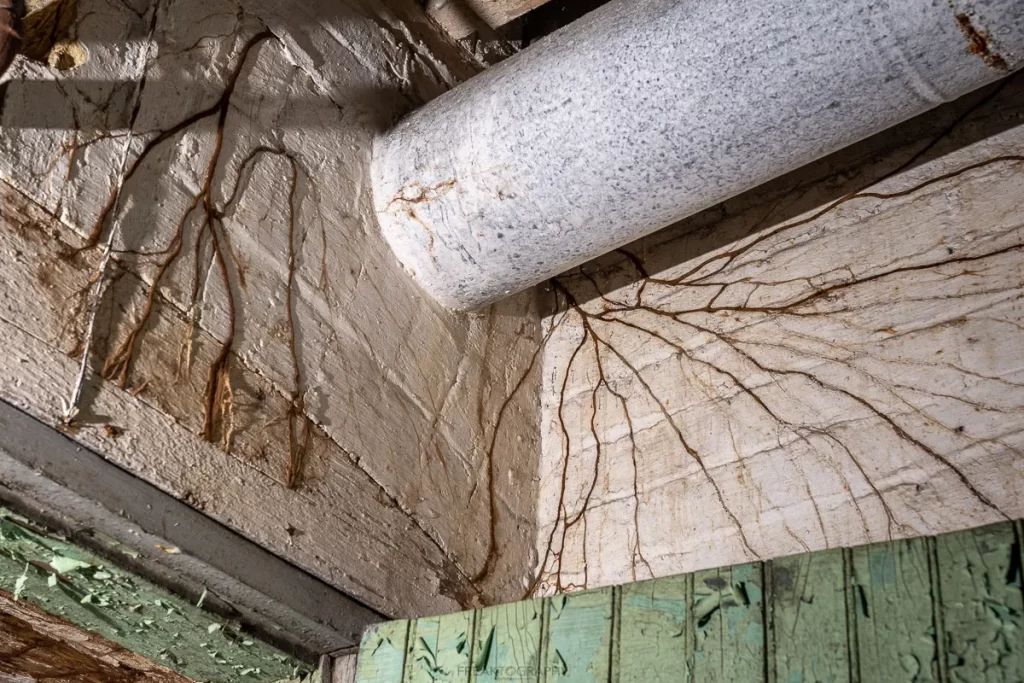Investigating the Former Asylum for the Mentally Ill in London
On the premises of the Insane Asylum, also known as the London Asylum for the Insane location for the Insane site, mental health services have been provided for about 145 years. When the London Asylum for the Insane first opened its doors in 1870, the area was still regarded as being outside of the boundaries of London.
The London Asylum for the Insane (established in 1870), Ontario Hospital London (opened in1932), The London Psychiatric Hospital (opened in 1968), and lastly Regional Mental Health Care London (opened in 2001) were all located on the Highbury site.
The Ontario Hospital London, previously the London Asylum for the Insane, began to be demolished in 1963, and soon after, work on the London Psychiatric Hospital, a new mental health facility, began (LPH). People traveled from all over Southwestern Ontario to the hospital from the 1960s to the late 1990s while it was still a regional resource for healthcare. Additionally, throughout this time period, numerous advancements in mental health care were made, including new programs, therapies, and techniques.
It would be a major understatement to say that the abandoned Insane Asylum was unsettling. The only source of light is provided by tiny air vents that help move fresh air throughout; otherwise, every level and wing is completely dark with all of the windows boarded up.
The stories of the treatments carried out in this insane asylum are horrifying, and learning that this structure was occupied during some of the worst periods of psychiatric care really makes you wonder what happened in these corridors and rooms.
At the time, the principal physician and superintendent of this insane asylum believed that gynecological surgery could treat the mental illnesses of female patients.
The idea that an illness in one area of the body could cause symptoms in another area was commonly believed; the rest I’ll let you guys figure out!
Anecdote from a former worker at this abandoned insane asylum:
When asked if he had seen any treatments, (Name) recalled one of his responsibilities as a tenant staff member: taking male patients for electroconvulsive therapy. He makes reference to one of the hospital’s biggest difficulties, which was having enough staff to handle the influx of patients: “You’d take one ward at a time, around ten people. The person in front of him was writhing when the next guy was ready to look.
He also claimed that Dr. (Name) had himself undergo ECT in order to demonstrate the treatment’s safety and to gain firsthand experience with how it feels.
In 1944, this insane asylum started using electro-convulsive therapy.
Treatments using shock waves could last for several weeks and were given up to three times each week. The risks of shock therapy included brain damage and broken bones from the convulsions.
Patients with schizophrenia, catatonic or manic excitement, paranoid reactions, hebephrenics, and sadness have all received electroconvulsive therapy.
The superintendent of this insane asylum eventually operated on more than 200 mentally ill female patients because he believed there was a link between damaged or misplaced female reproductive organs and mental illness. Some of these operations may have taken place in the operating room on the other side of this door.
The superintendent reported that 71 patients had “either recovered their mental health or this was improved” following 106 procedures carried out between 1895 and 1898.
Here is a list of some of the procedures done:
sixteen hysterectomies.
Here is a list of some of the procedures done:
sixteen hysterectomies.
– 12 tubes and ovaries with illness were removed.
– 22 procedures that involved replacing and keeping the uterus in its natural place.
– 30 cervix-related procedures.
21 rather mild uterine disorders.
– 8 procedures to treat vaginal lesions.
In the interest of mental wellness,
Many medical professionals expressed public skepticism on the effectiveness of the superintendent’s treatments, stating that insanity could not be simply treated through surgery.
Gynecological operations conducted at the Asylum fell sharply after the Doctor’s passing.
More Info : freaktography.com facebookFreaktography youtube Freaktography
Views of the London Asylum’s exterior

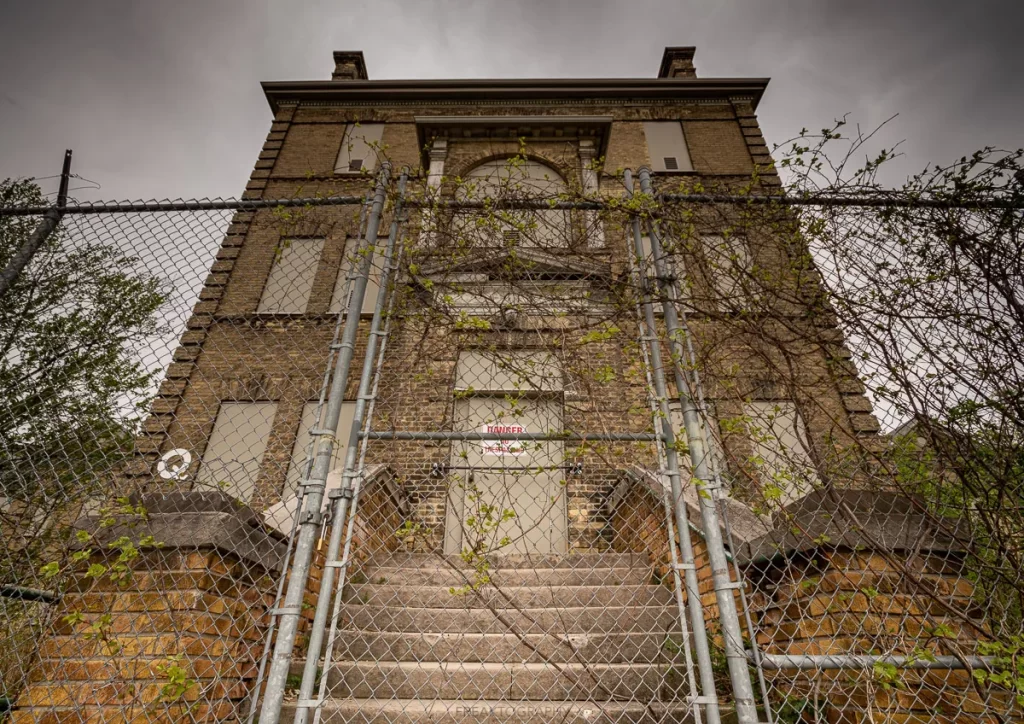
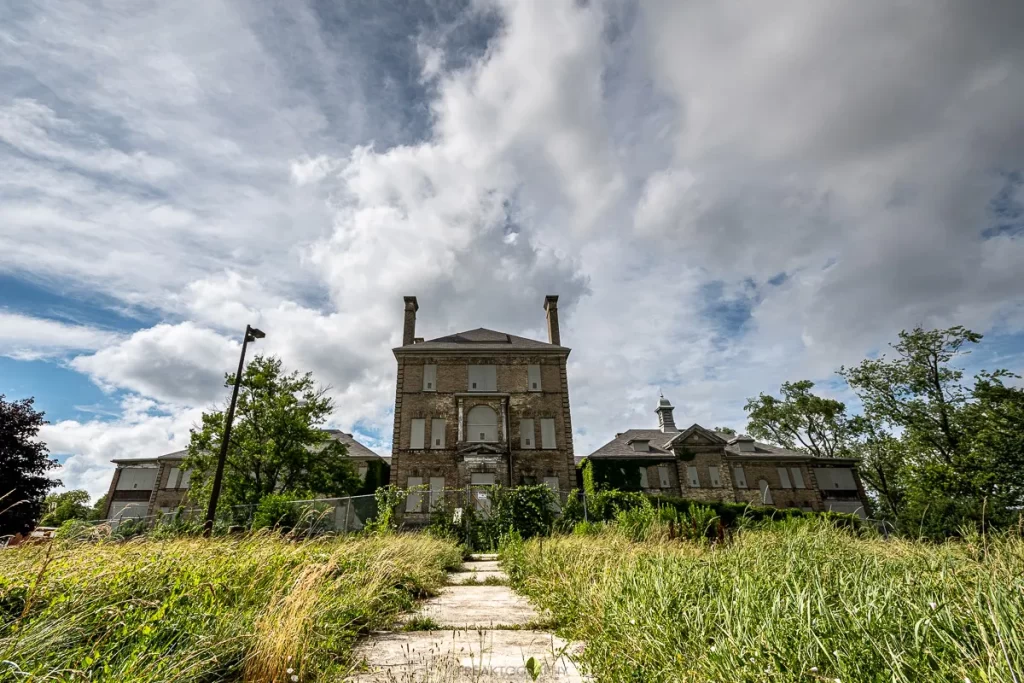





2016’s Inside London Asylum
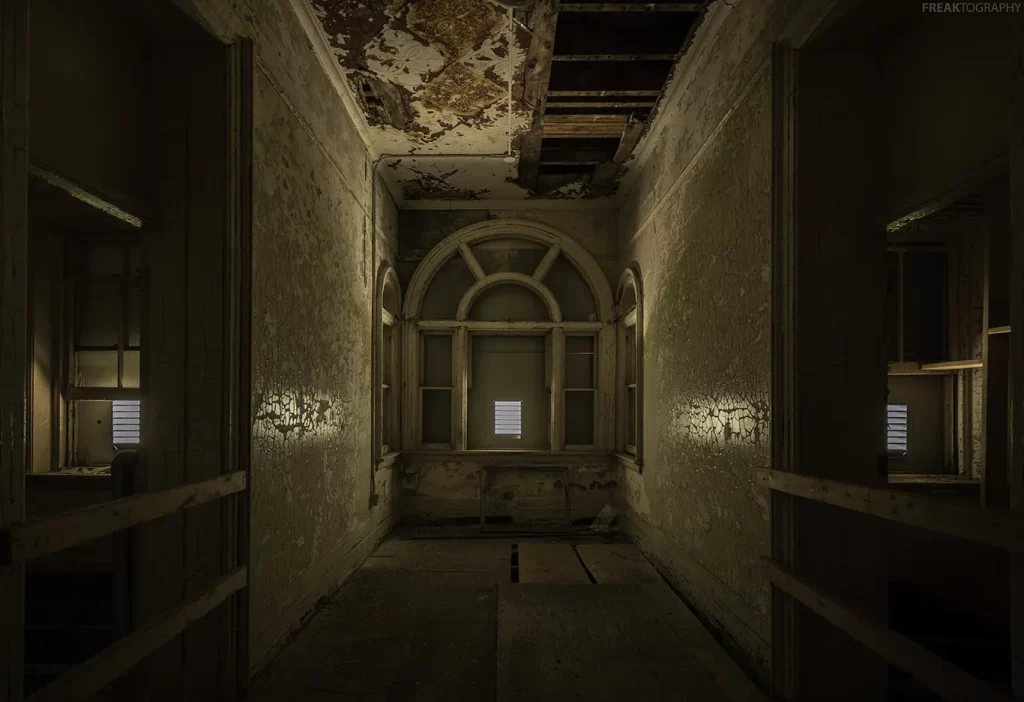


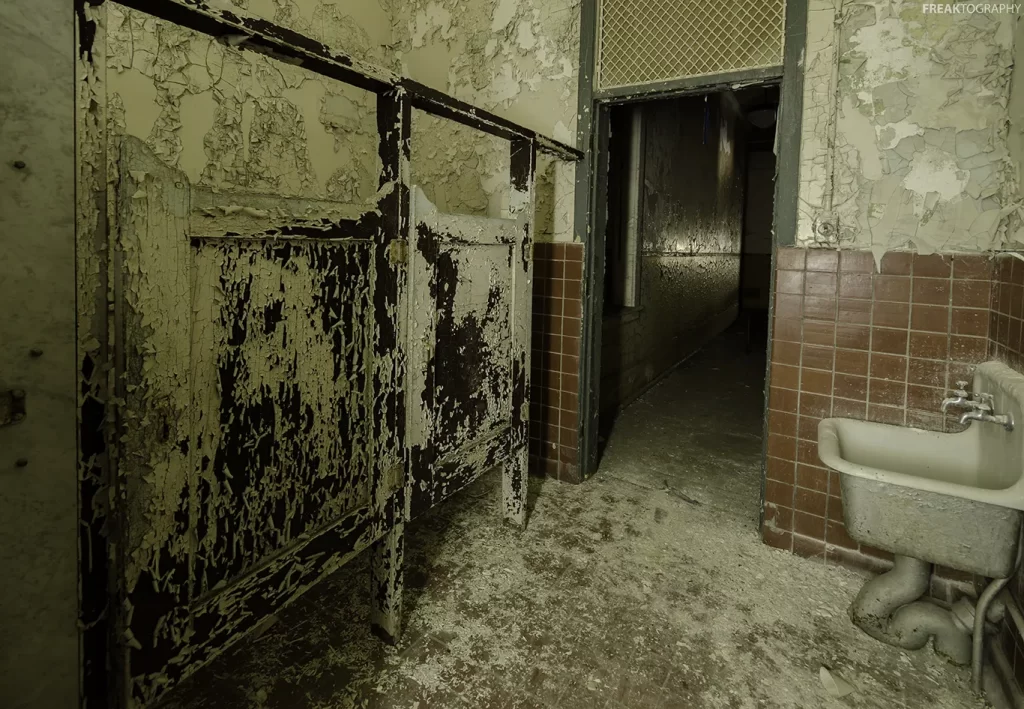
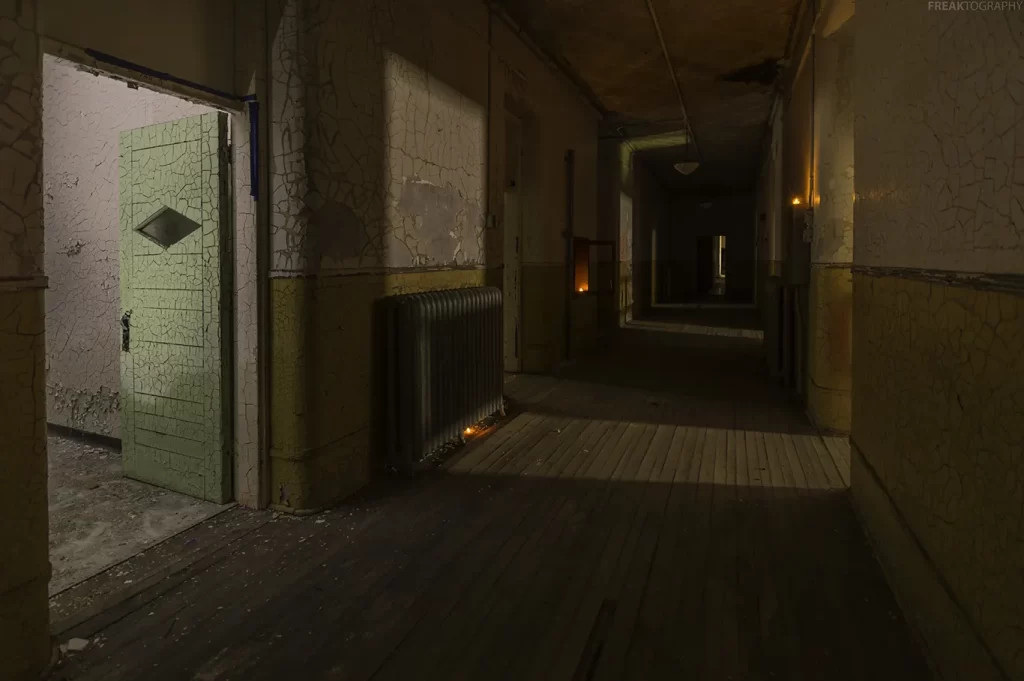
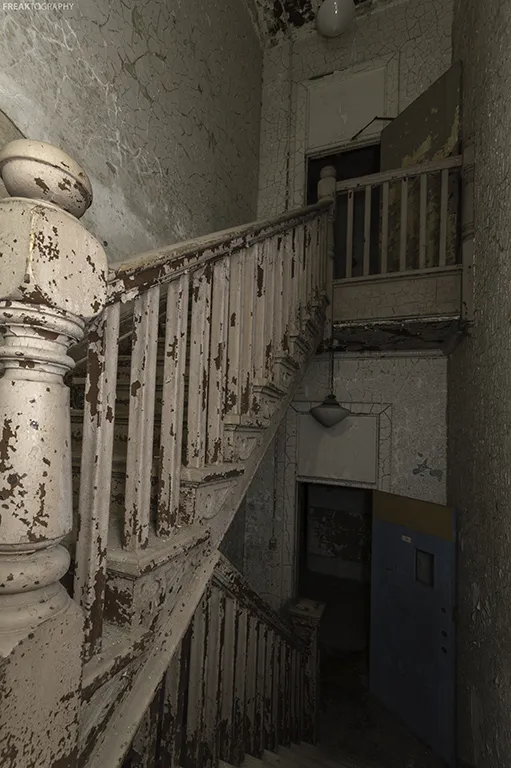
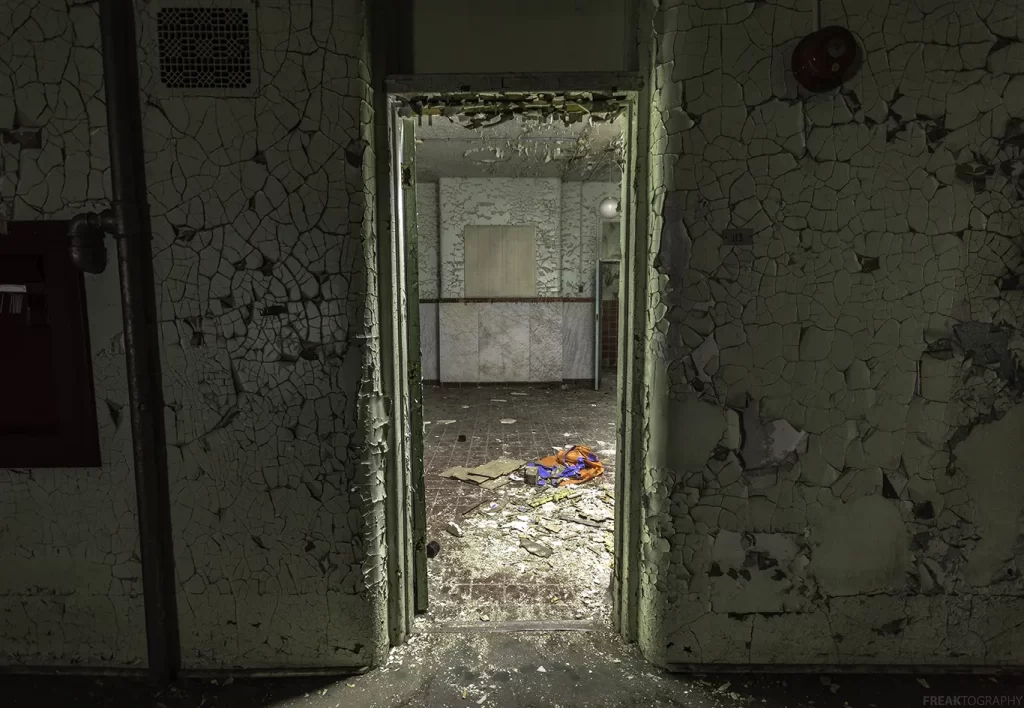
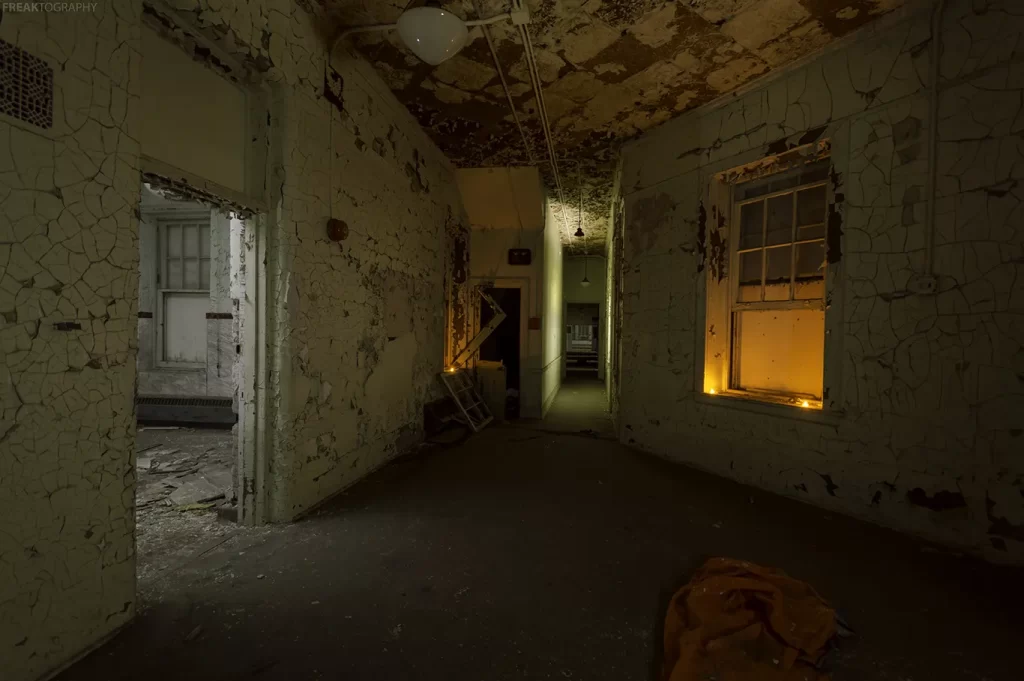
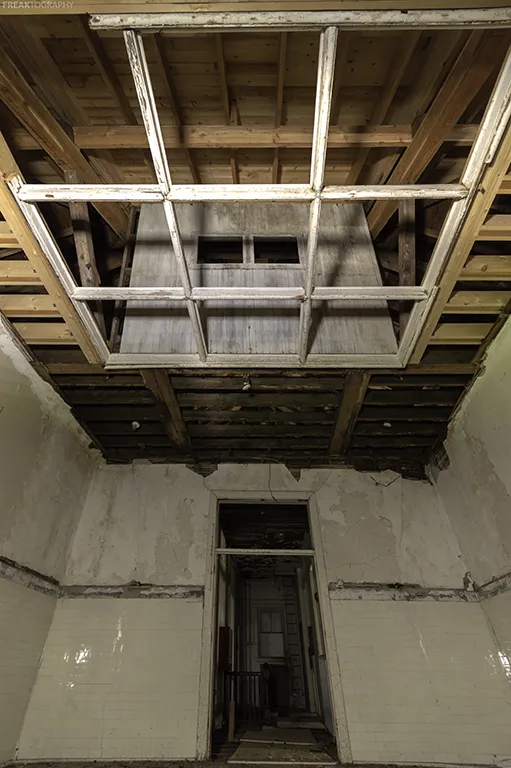

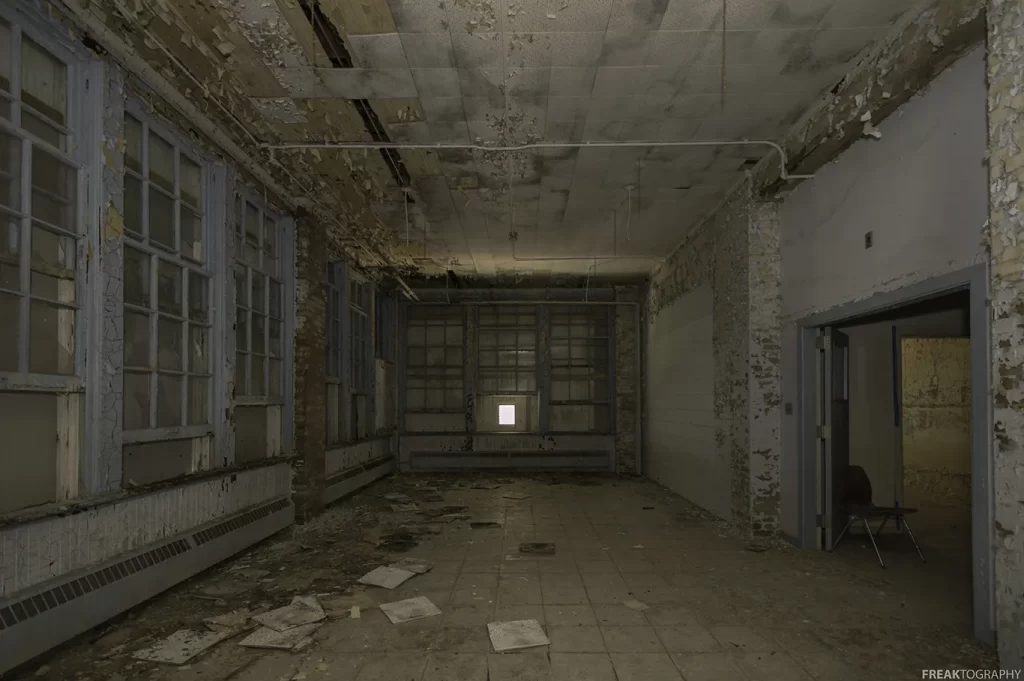

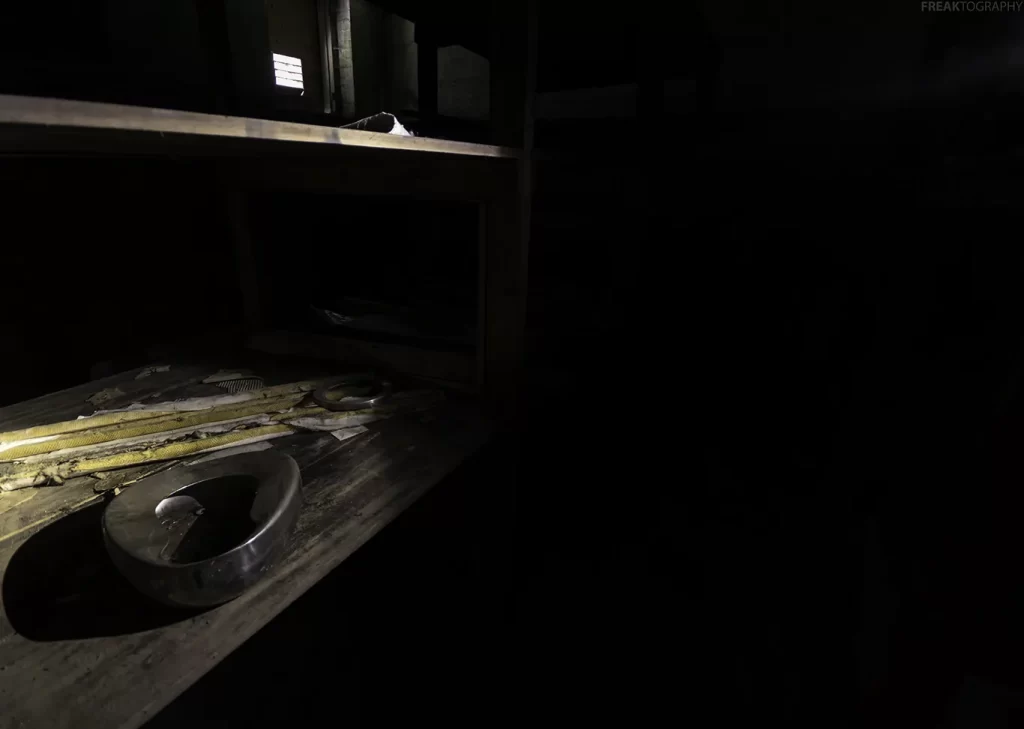



2020 London Asylum

